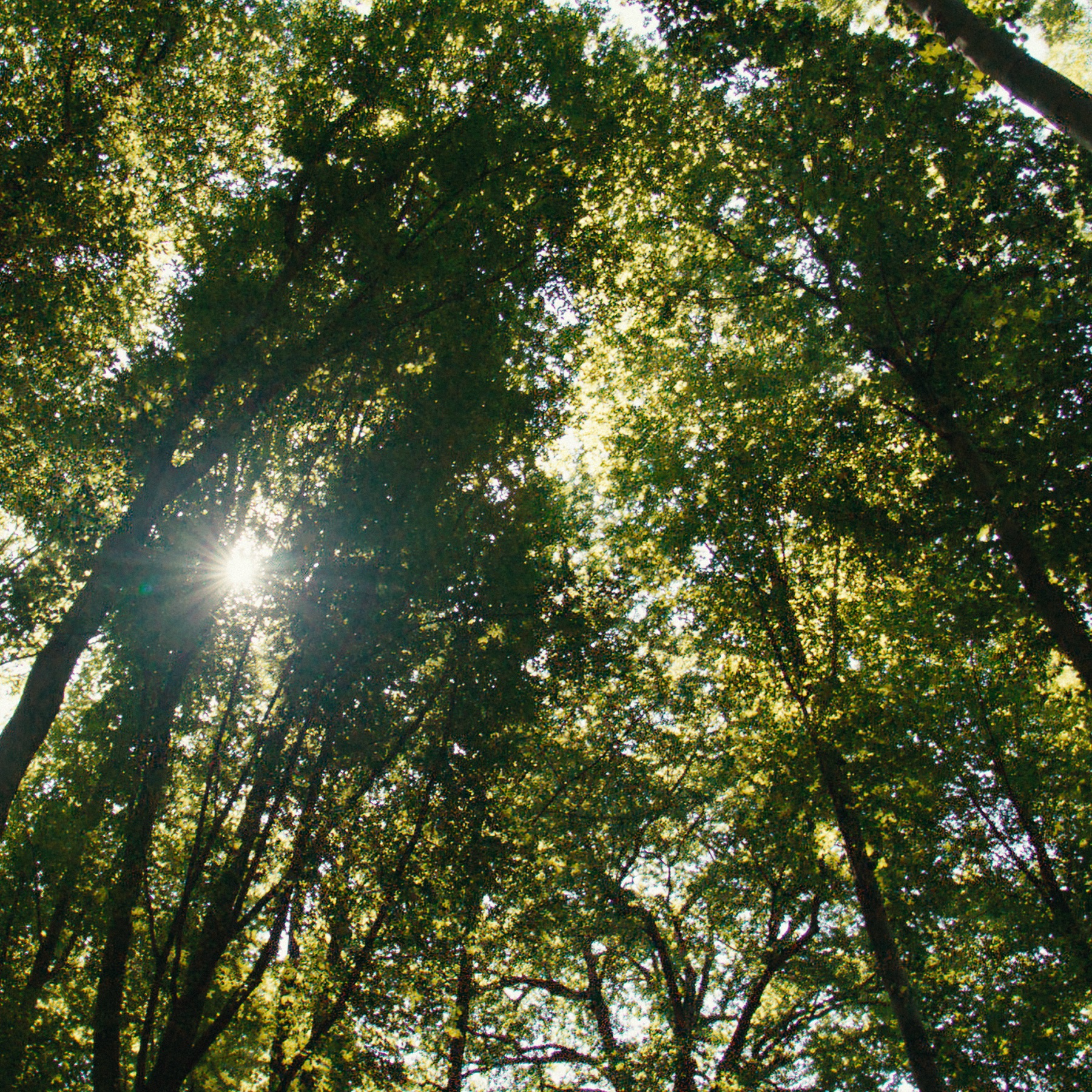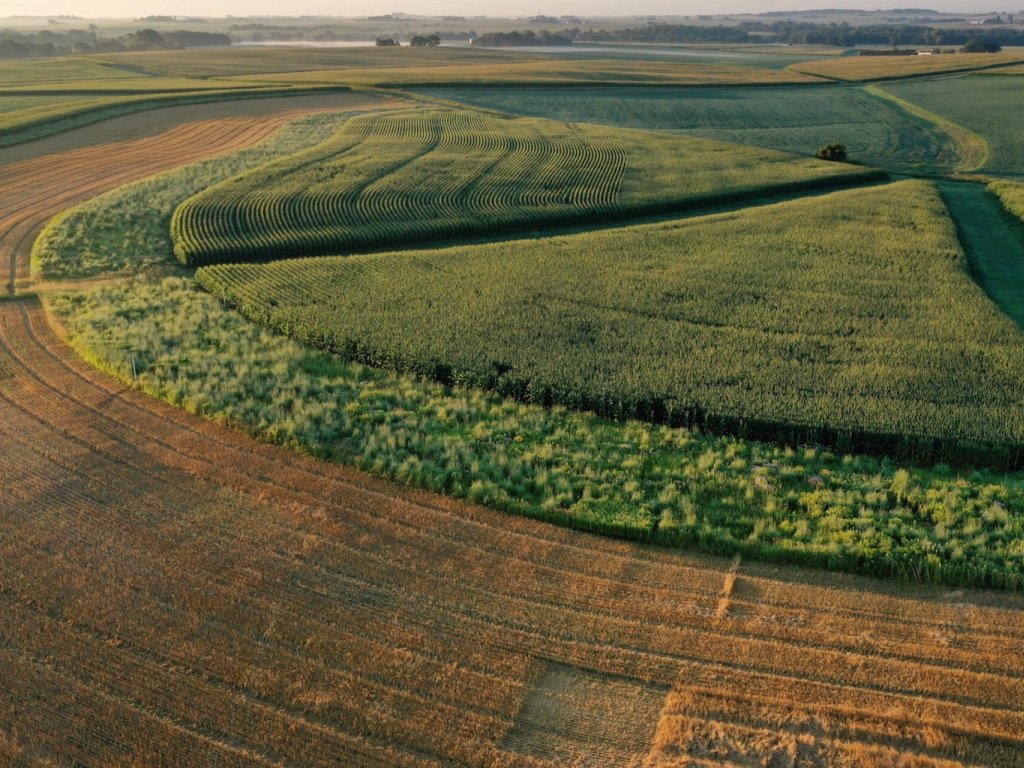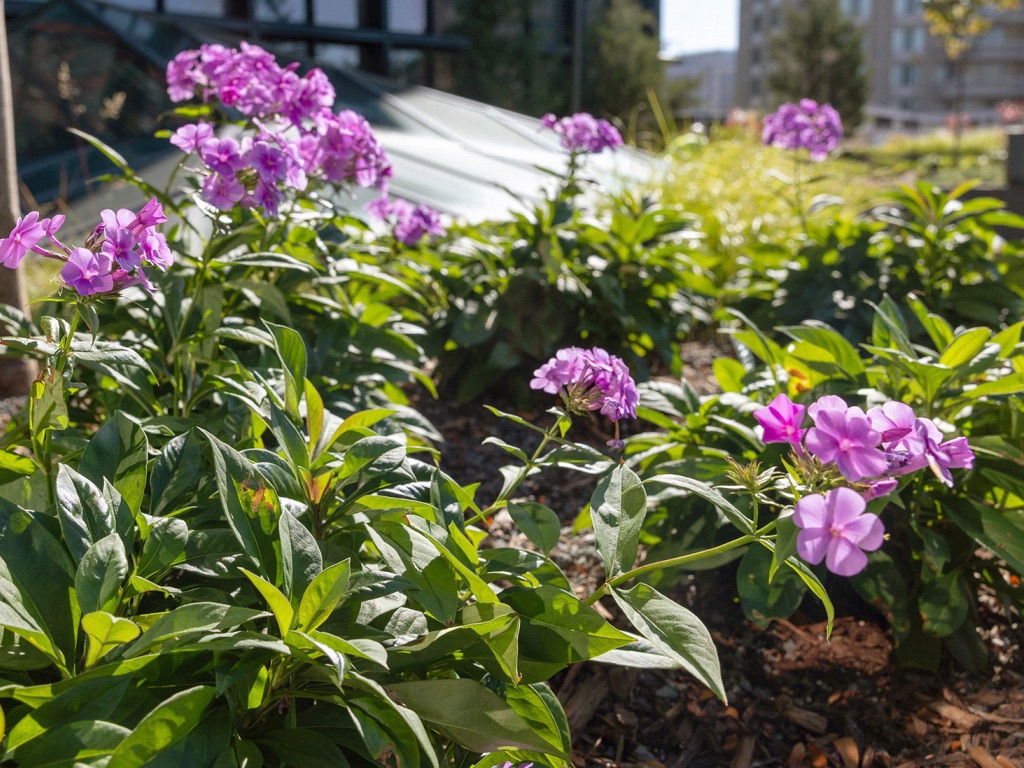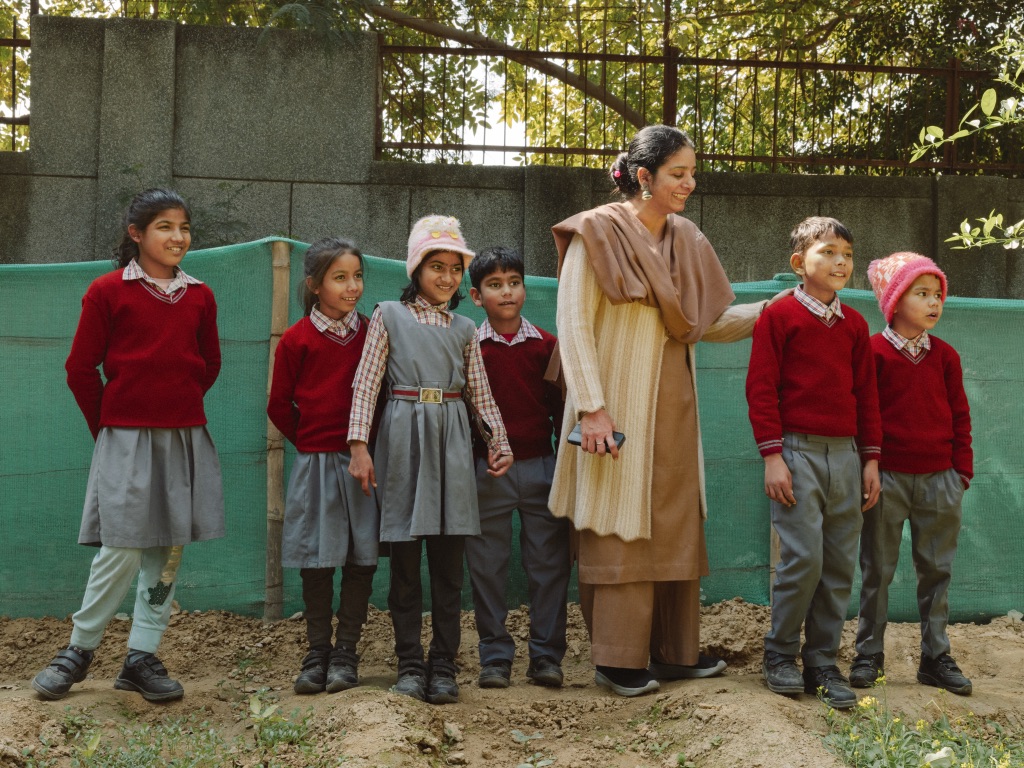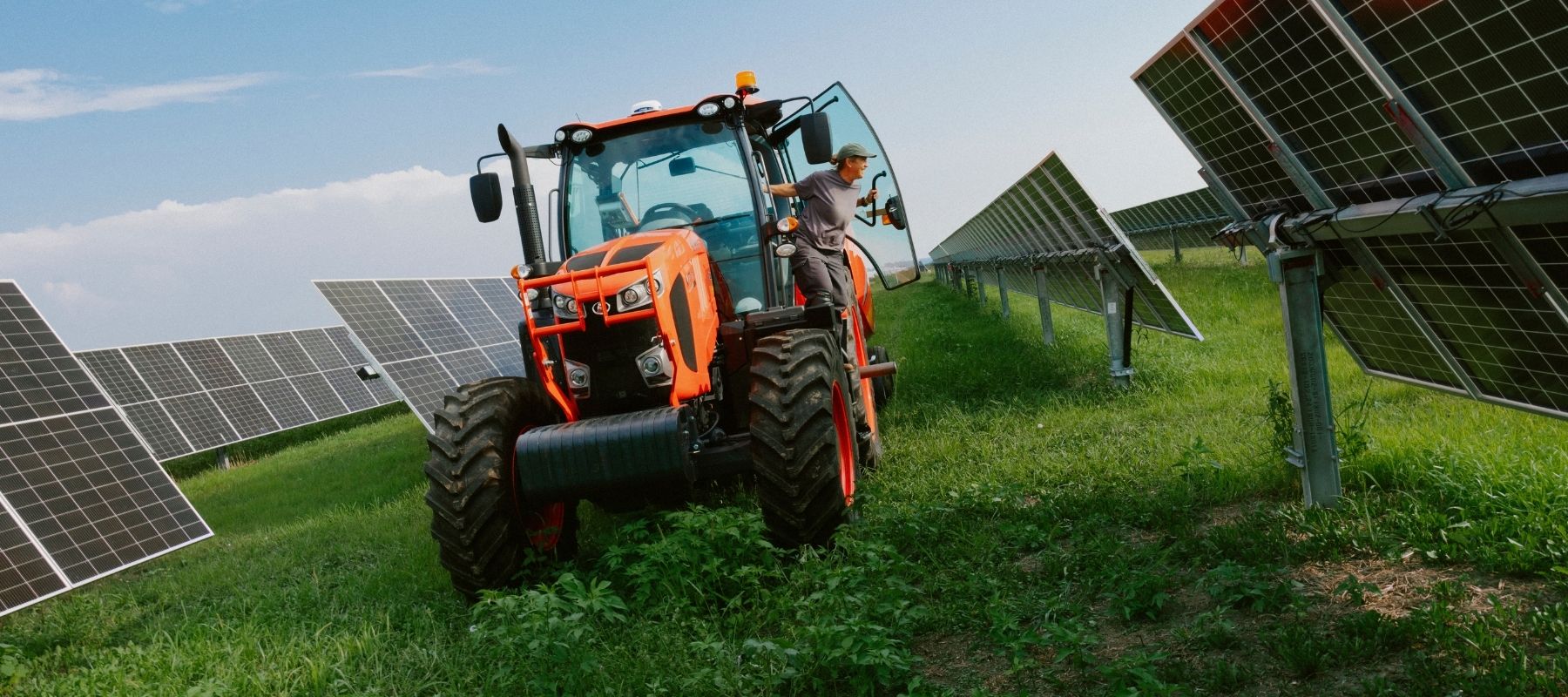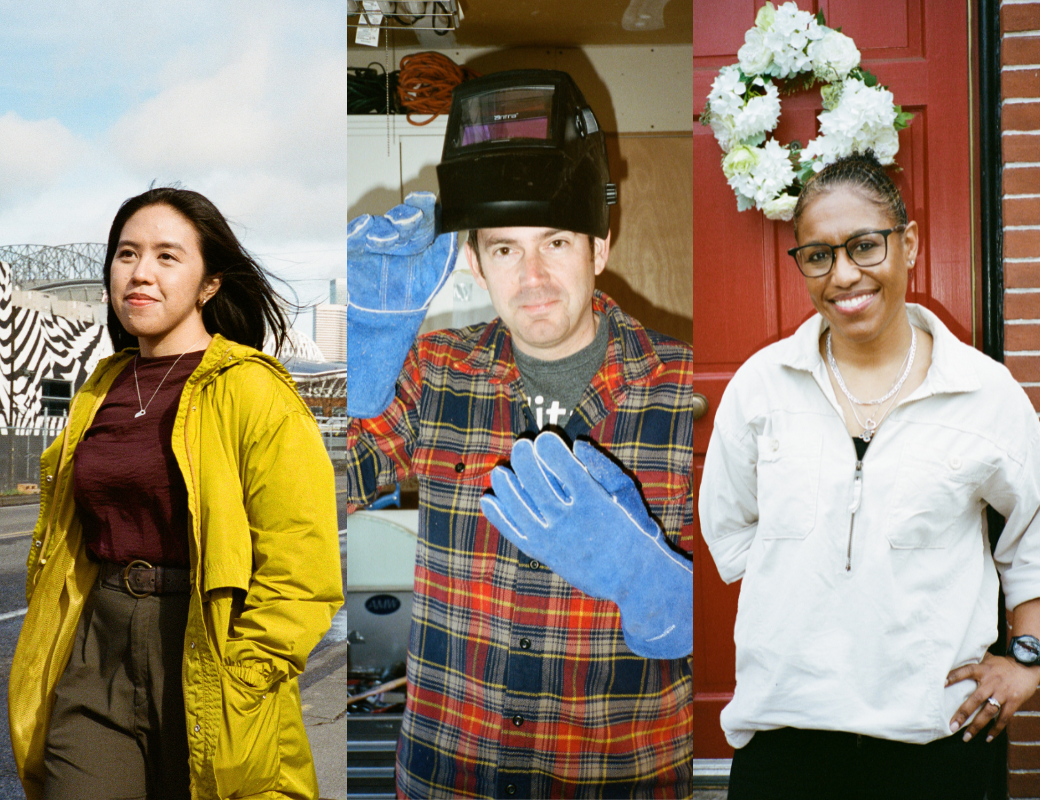Amazon is working to protect and restore biodiversity through more sustainable sourcing choices, better building practices, and contributions to restoring nature.
In the past five decades, global wildlife populations have declined by an average of 73%. The statistic is a stark indicator that biodiversity—the variety of species living on Earth and the habitats, ecosystems, and natural processes that support them—is under severe stress due to land conversion, direct exploitation, climate change, pollution, and invasive species. That’s why Amazon recognizes the critical importance of biodiversity to the health of the planet, communities, and our business.
Our approach begins with a simple principle: avoiding and reducing impact. We’re in the early stages of this work, focusing on key areas where we believe we can make the most meaningful difference as we learn and scale our program, including Amazon’s supply chain, buildings, and contributions to restoring nature.
